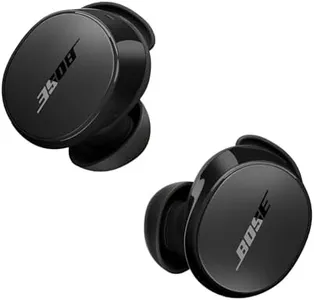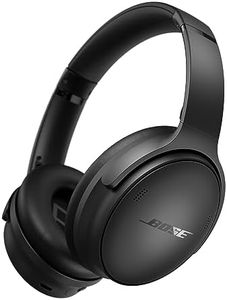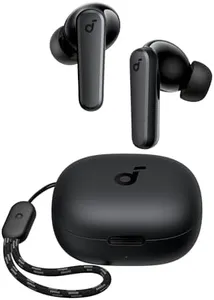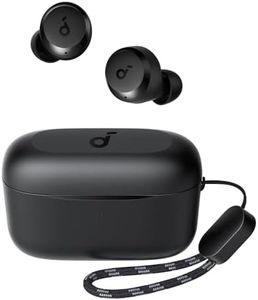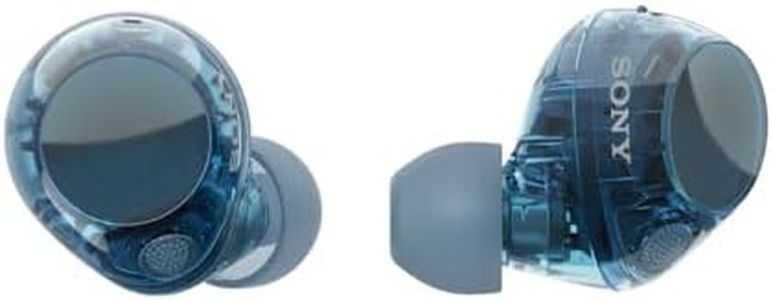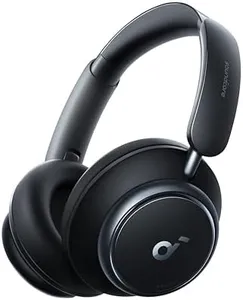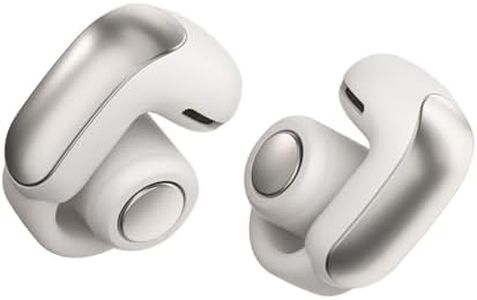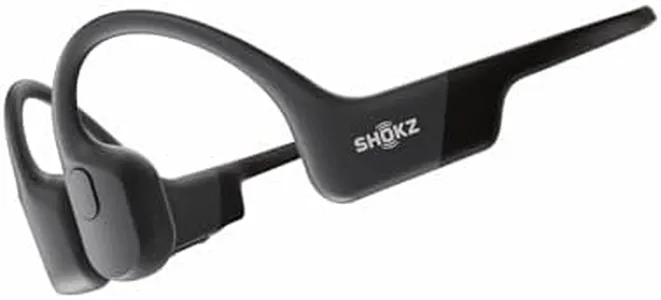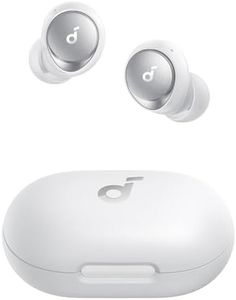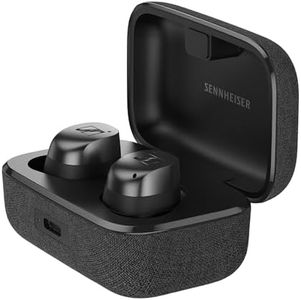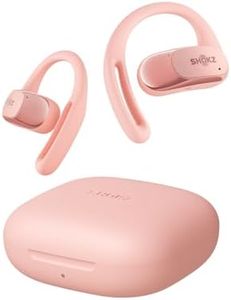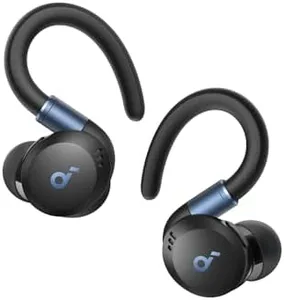We Use CookiesWe use cookies to enhance the security, performance,
functionality and for analytical and promotional activities. By continuing to browse this site you
are agreeing to our privacy policy
10 Best Wireless Running Headphones
From leading brands and best sellers available on the web.Buying Guide for the Best Wireless Running Headphones
Choosing wireless running headphones is all about finding a pair that is comfortable, secure, and reliable enough to keep up with your training. Start by considering how and where you typically run—outdoors, in the gym, or on trails—and think about your comfort preferences for fit and sound quality. The right headphones should stay in place during movement, offer sweat and water resistance, and have a battery life that matches your typical run duration. Don’t forget about features like controls and connectivity, as these will affect how easily you can manage your music or calls on the go.Fit and ComfortFit and comfort refer to how well the headphones stay in your ears and how they feel during use. This is crucial for running because headphones that fall out or cause discomfort will ruin your experience. There are different styles: in-ear (which go into the ear canal), ear-hook (which loop around your ear), and open-ear (which rest outside the ear, such as bone conduction headphones). For short, casual runs, any comfortable pair might do, but for long or vigorous runs, ear-hook or open-ear designs tend to stay in place better and prevent irritation. Always try different styles if possible, and choose what feels secure and comfortable for your ear shape.
Battery LifeBattery life means how long your headphones last after a full charge. This is important because you don’t want your music to stop midway through a run. Battery life can range from a few hours to over 10 hours on a single charge. If you run short distances or infrequently, even headphones with a 5-hour battery life could be enough. If you train for long distances, marathons, or often forget to charge, look for longer battery life. Also consider whether the charging case provides extra charges for convenience.
Water and Sweat ResistanceWater and sweat resistance refers to how well headphones can handle moisture. For running, exposure to sweat and sometimes rain is almost guaranteed. This resistance is indicated by an IP rating, like IPX4, IPX5, or IPX7. The higher the number, the better the protection. For most runners, an IPX4 rating (splash resistant) is a minimum, but if you run in heavy rain or sweat a lot, go for IPX5 or higher. This ensures your headphones last longer and keep working whatever the weather.
Sound QualitySound quality describes how clearly and powerfully your headphones play music and calls. For running, you want good sound, but not at the expense of safety—especially outdoors, where being able to hear traffic or people around you is important. Some headphones have features that let you hear ambient sounds (sometimes called ambient or transparency mode). Decide if you prefer full immersion or a balance between music and outside awareness, and make your choice based on your running environment.
Controls and ConnectivityControls mean how you change tracks, adjust volume, or take calls while running. Connectivity is how your headphones connect to your phone, usually via Bluetooth. For runners, touch controls or physical buttons should be simple and easy to use without stopping or looking down. Make sure the headphones use up-to-date Bluetooth versions for a stable connection and check for features like quick-pairing if you often connect multiple devices. Choose controls you find intuitive and connectivity that won’t drop out during runs.
Stability and Security of FitStability and security of fit is about how well headphones stay in place, especially during vigorous or bouncy activity. Some headphones come with extra wingtips, ear hooks, or clips to make sure they don’t fall out. If you run on rugged trails or do interval training, pick a design that’s built for stability. Test the fit before you buy if possible, so you know they won’t budge mid-run.
